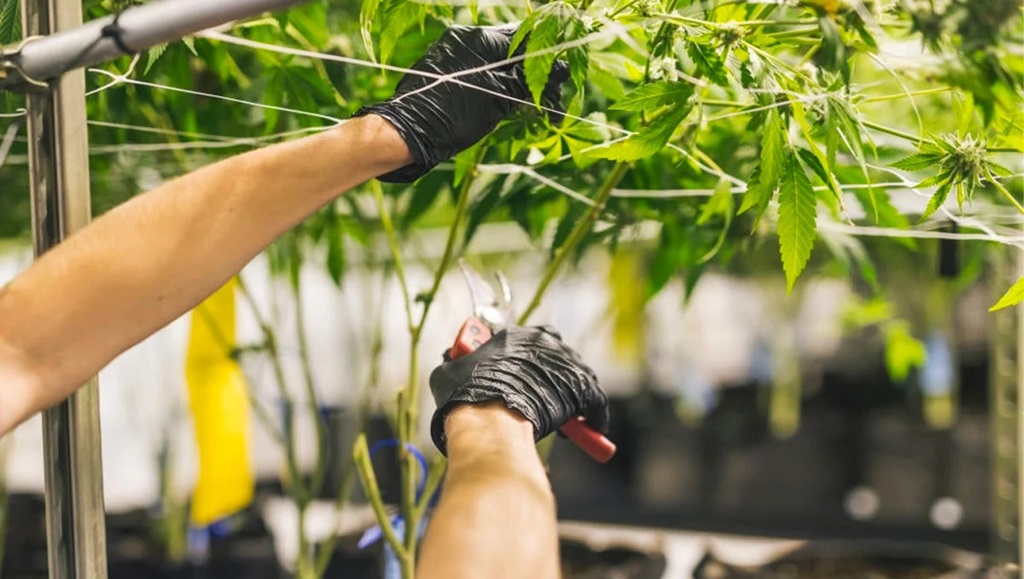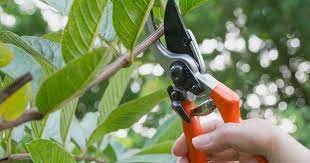Fan leaves, the large, iconic leaves of many plants, play a vital role in photosynthesis and overall plant health. However, there are times when strategically removing some fan leaves can benefit your outdoor garden. Whether you’re a seasoned gardener or just starting, understanding when and how to prune these leaves can enhance growth, increase light penetration, and improve air circulation.
Understanding Fan Leaves and Their Function
Fan leaves are the primary sites of photosynthesis, the process by which plants convert sunlight into energy. They also serve as energy storage units, helping plants cope with stress and fluctuating environmental conditions. Despite their importance, there are instances where removing a few fan leaves can be advantageous.
Reasons for Removing Fan Leaves
- Increased Light Penetration: In dense foliage, lower leaves often receive limited sunlight. Removing some upper fan leaves can allow more light to reach these lower parts, promoting overall growth and preventing leggy, weak stems.
- Improved Air Circulation: Dense foliage can trap moisture, creating a breeding ground for fungal diseases. Pruning fan leaves can improve air circulation, reducing the risk of mold and mildew.
- Enhanced Bud Development (For Flowering Plants): In flowering plants, particularly cannabis, removing select fan leaves during the flowering stage can direct more energy towards bud development, potentially increasing yields.
- Pest and Disease Control: Removing damaged or diseased fan leaves can help contain the spread of pests and diseases, safeguarding the overall health of your plant.
- Aesthetic Reasons: In some cases, removing overgrown fan leaves can improve the appearance of your plants, creating a tidier and more visually appealing garden.
When to Remove Fan Leaves
- Vegetative Stage (Before Flowering): During this stage, removing a few fan leaves can encourage bushier growth and stronger stems. Be cautious not to remove too many, as this can hinder overall growth.
- Early Flowering Stage: As flowering begins, you can remove more fan leaves, especially those blocking light to lower bud sites.
- Late Flowering Stage: In the final weeks before harvest, removing additional fan leaves can increase light penetration and air circulation, improving bud quality and reducing the risk of mold.
Tips for Removing Fan Leaves
- Use Clean Tools: Always use sterilized pruning shears or scissors to prevent the spread of diseases.
- Start Slowly: Remove a few leaves at a time, observing how your plants respond before removing more.
- Choose the Right Leaves: Prioritize removing large, older leaves that are shading lower growth.
- Avoid Over-Pruning: Never remove more than 20-30% of the fan leaves at one time, as this can stress your plants.
Related: Summer Wildflowers to Enjoy
Important Considerations
- Plant Species: Different plant species have varying tolerances for defoliation. Research your specific plants to determine the best approach.
- Environmental Conditions: Plants growing in hot, dry climates may benefit from retaining more fan leaves for protection.
- Stage of Growth: Adjust your pruning strategy based on the growth stage of your plants.
Additional Tips
- Monitor Your Plants Closely: Observe how your plants react to defoliation and adjust your approach accordingly.
- Consider Alternatives: In some cases, gently bending or tying back fan leaves can be a less invasive way to increase light penetration.
- Seek Expert Advice: If you’re unsure about removing fan leaves, consult with a gardening expert or experienced grower.
Conclusion
Removing fan leaves can be a valuable tool for promoting plant health, enhancing growth, and increasing yields. By understanding when and how to prune these leaves, you can optimize your garden and create a thriving outdoor space. Remember to research your specific plants, start slowly, and always prioritize the well-being of your garden.





